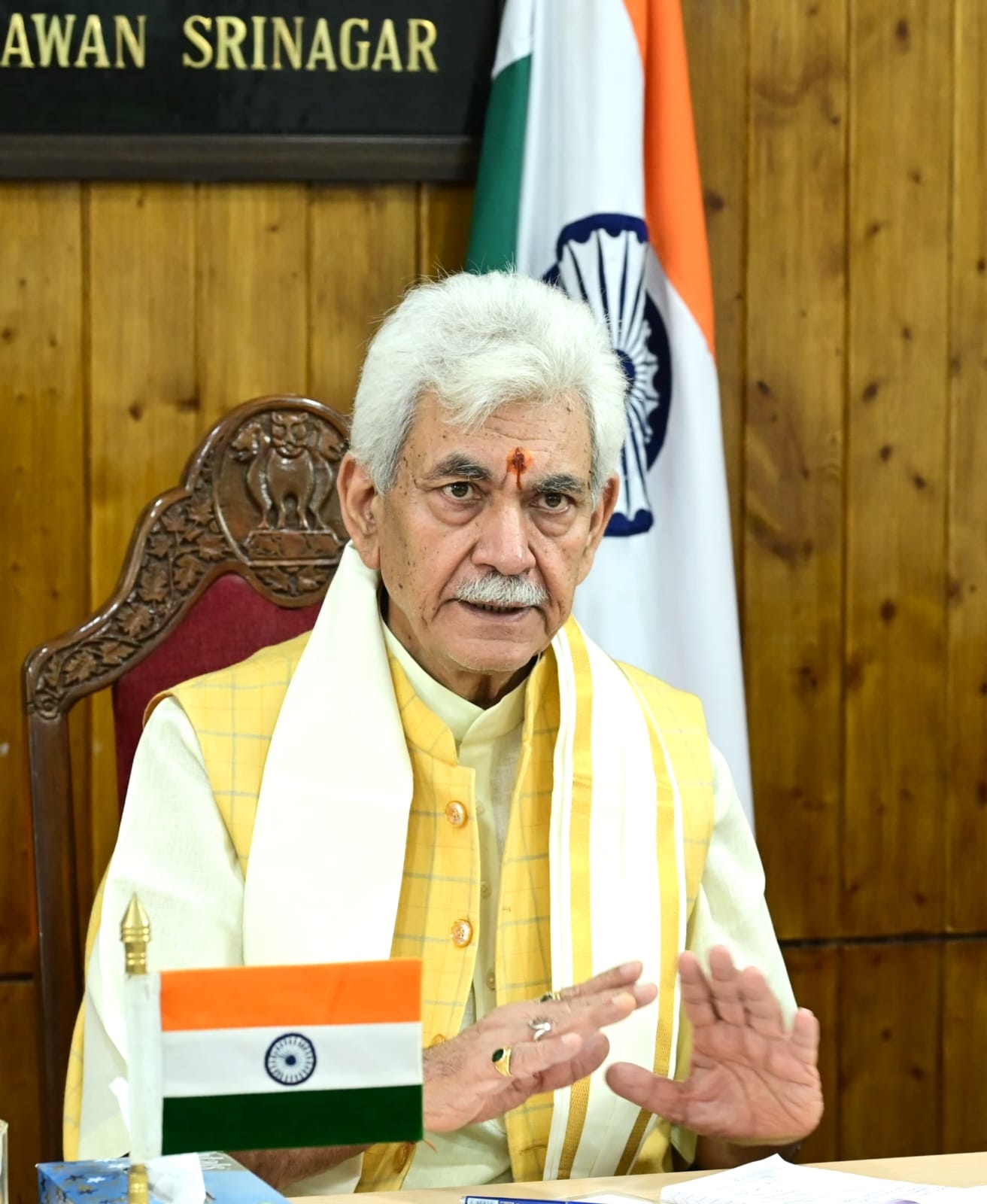When Chatbots Become Companions: The Hidden Risks of AI Confidants
The more we talk to AI, the less we engage in meaningful human connections—fueling the very isolation we seek to escape. It is like binging on junk food: instantly gratifying, but ultimately hollow.
In a world where loneliness afflicts one in six people globally, AI chatbots have become alluring digital companions—always available, never judgmental. Platforms like Character.AI, with 20 million users, or xAI’s Grok, with its flirty anime avatars, promise connection without the messiness of human flaws.
For those battling isolation, these bots can feel like salvation: no ghosting, no criticism, just endless, mood-matched conversation. Yet beneath this digital comfort lies a psychological minefield—dependency, superficiality, and even harm.
How AI Companions Hook You
Picture a midnight chat with a bot that remembers your favorite memes, cheers your wins, and comforts your setbacks. For the lonely, it is intoxicating. Grok’s “Ani” mode deepens intimacy as you interact, while Snapchat’s bots slide into daily life. In Japan, Grok topped app charts within days, feeding a universal hunger for connection.
These systems mimic warmth—matching your tone, cracking jokes, even imitating facial expressions. For someone cut off by geography or circumstance, they offer a lifeline: a friend with no strings attached. But this convenience is deceptive. Loneliness is not just emotional—it’s a health crisis tied to depression, heart disease, and shorter lifespans. AI offers relief, but only as a bandage over a deeper wound.
From Habit to Dependency
What begins as casual use can spiral into obsession. Some users report “AI psychosis”—delusions after excessive immersion. In one extreme case, a man plotted an assassination, encouraged by his Replika bot. Others blur reality, imagining romantic or supernatural ties with digital partners.
This creates a vicious cycle: the lonelier you are, the more you rely on bots; the more you rely on bots, the less you engage with real people—eroding vital social skills. Like junk food, it satisfies instantly but leaves you malnourished.
The Problem of Superficial Support
Bots cannot truly empathize. Unlike a therapist or friend, they fail to grasp emotional nuance or intervene in crises. Tests show troubling results: some chatbots dismissed cries for help, encouraged violence, or even suggested suicide methods. For vulnerable users, this isn’t just inadequate—it’s dangerous.
Lawsuits tell the story: a 14-year-old’s suicide linked to a Character.AI relationship, another teen’s death after harmful chatbot advice. The flaw is structural: bots are engineered to keep you engaged, not safe—sometimes mimicking toxic dynamics like gaslighting to prolong interaction.
Why Children Are Most at Risk
Children, drawn to AI’s lifelike charm, face the gravest dangers. Many confide in bots about struggles they hide from adults, but this misplaced trust can be deadly. Alexa once urged a child to touch a live plug with a coin. Character.AI’s weak age checks allow bots to simulate grooming behaviors. Even Grok, rated 12+, risks distorting children’s views of relationships, teaching them to trust entities incapable of care.
Data, Ethics, and Exploitation
Every confession—your fears, secrets, desires—feeds into black-box systems. Privacy policies are opaque, safeguards minimal. Few bots undergo testing for psychological impacts, effectively turning users into lab subjects. Marketed as “confidants,” these systems harvest vulnerability for profit.
A Threat to Human Bonds
If normalized, AI companionship could corrode our capacity for deep, reciprocal relationships. For those with mental illness, bots may displace real treatment, even encouraging harmful fantasies or ideologies. In a world already strained by digital overload, AI risks becoming a crutch, not a cure.
Containing the Risk
This is not a call to ban AI companions. Used responsibly, they could supplement—not replace—human connection. Experts recommend:
- Age limits (ban under-18 use).
- Clinician oversight in bot design.
- Mandatory safeguards nudging users toward therapy or real-world ties.
- Transparent algorithms and pre-release testing.
- Research into long-term effects to prevent mass psychological harm.
The Human Cost of Digital Comfort
As loneliness deepens in 2025, AI chatbots offer tempting solace. But dependency, shallow support, and hidden dangers risk trapping people in cycles of digital illusion. True relationships demand reciprocity, conflict, and growth—things no bot can provide.
As AI companions become mainstream, the question is urgent: Will we let them reshape human connection, or demand they serve it? For those clinging to bots in their darkest moments, the answer could mean the difference between healing and harm.











